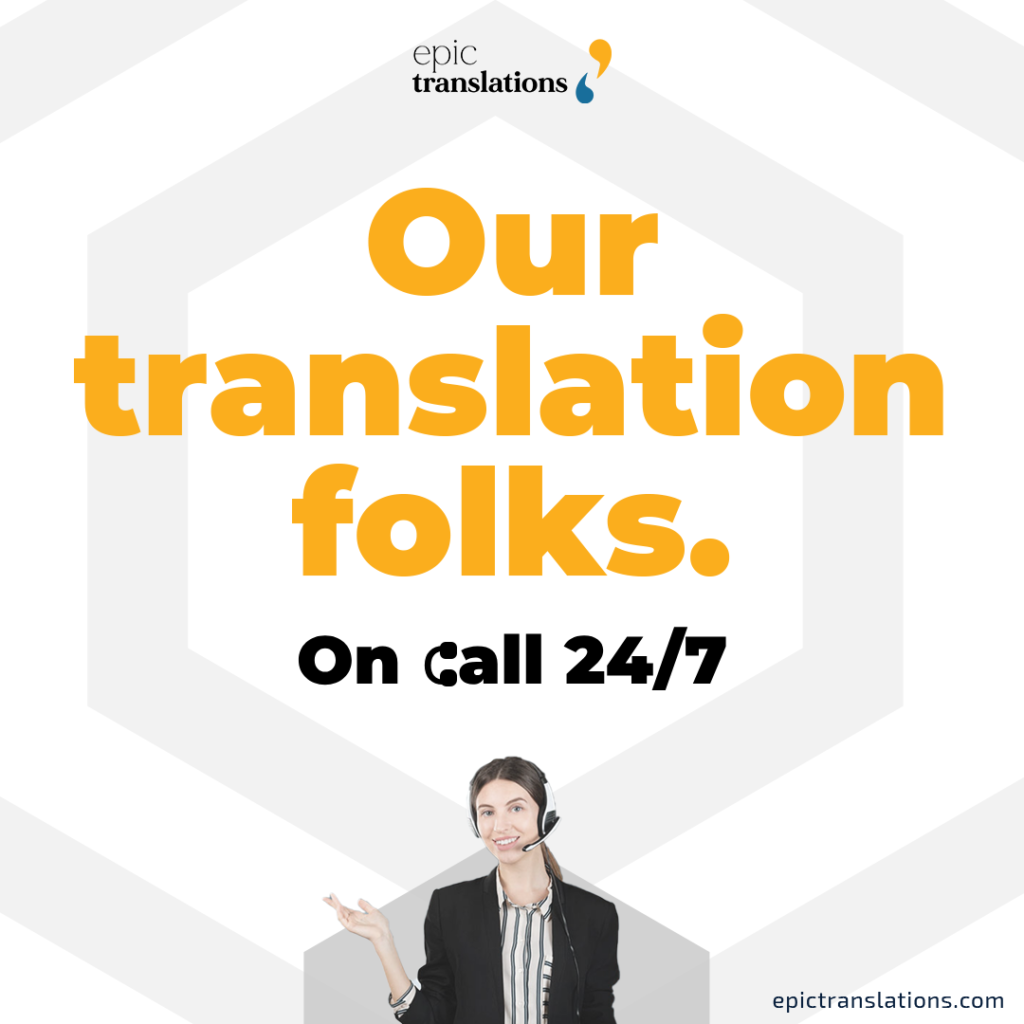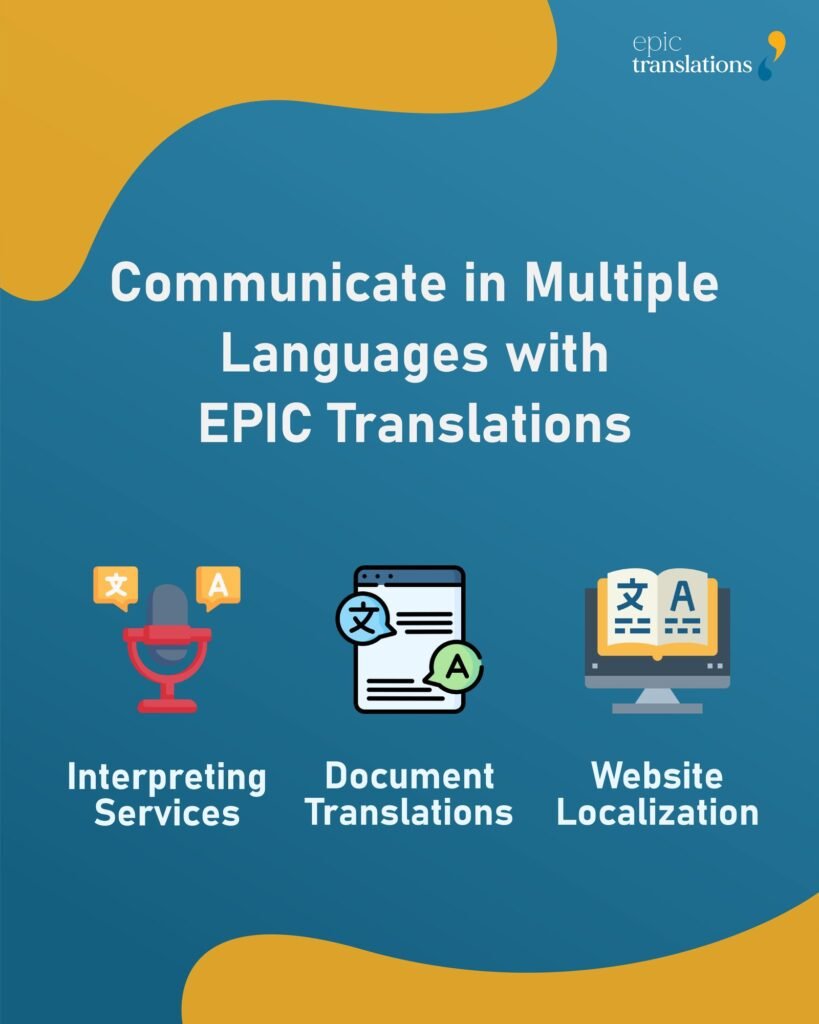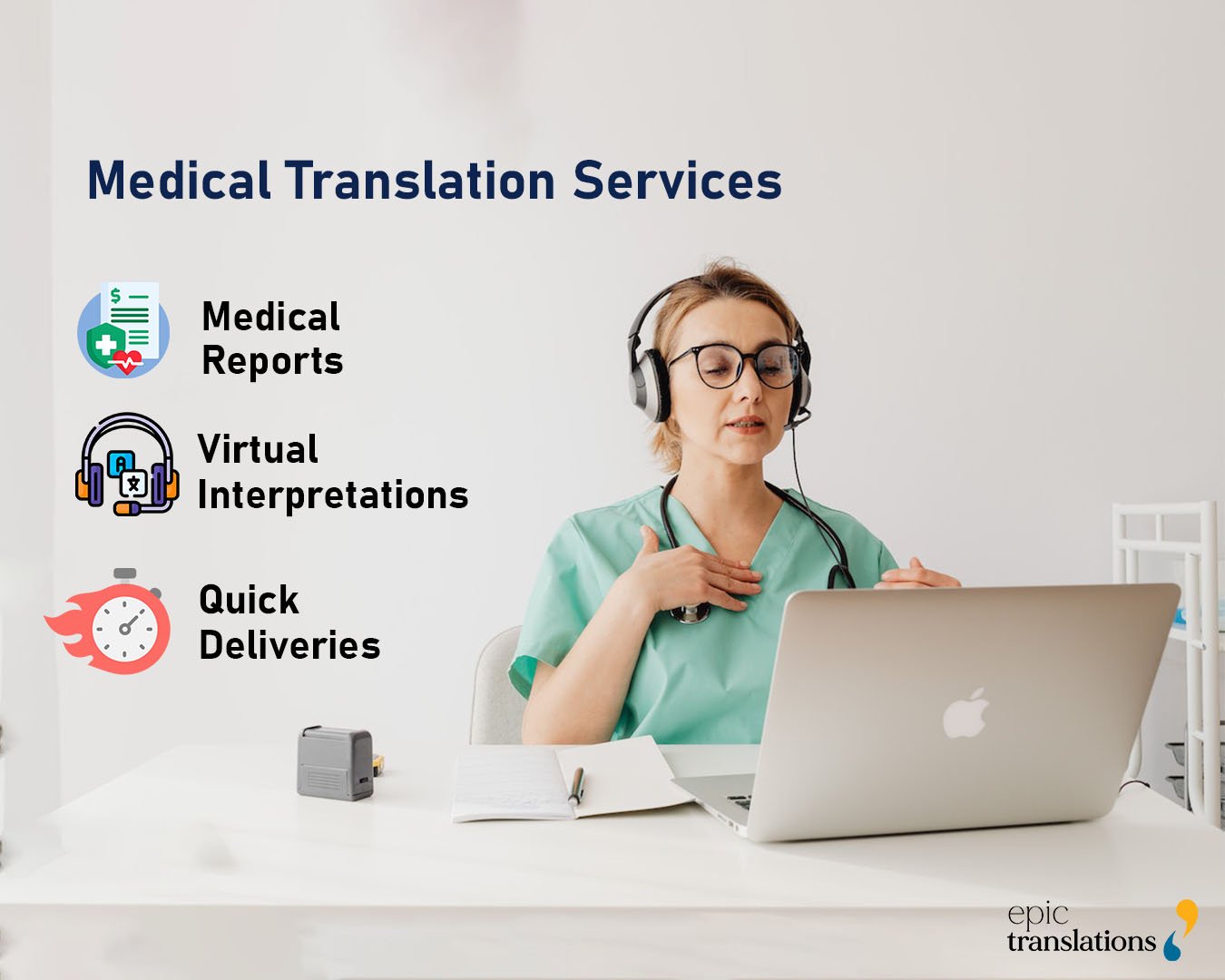Introduction
In recent years, AI-powered interpretation tools have made headlines — including the release of features like Apple’s Live Translation in its AirPods. But when it comes to government contracts requiring a qualified interpreter, especially under strict language access compliance obligations (federal, state, or county), the human element remains essential. This blog explores what research and public evidence tell us about AI interpretation vs. professional interpreting, and why agencies issuing RFPs must insist on qualified human services.

What Government RFPs Mean by “Qualified Interpreter” and “Language Access Compliance”
- Qualified interpreter — In many RFPs, this term denotes a professionally trained, certified interpreter (often certified by a recognized body or possessing specified credentials) who can accurately and impartially convey spoken content in both directions.
- Language access compliance — Government entities (federal, state, county, local) are required by laws, regulations, and policies to ensure meaningful access for persons with Limited English Proficiency (LEP) or people who are Deaf or Hard of Hearing. Failing to provide qualified interpreters may run afoul of Title VI of the Civil Rights Act, ADA, and state/local equivalents.
When an RFP calls for interpretation services, the keyword pairing “qualified interpreter” + “language access compliance” signals the agency’s priority: full, accurate, culturally competent services, not just ad-hoc technology support.
What the Research Says: AI Interpretation vs. Human Interpreters

While no rigorous peer-reviewed study yet compares devices like AirPods Live Translation directly to certified human interpreters in government contexts, there is strong publicly available research on machine translation/interpreting vs. human performance:
- A notable study in the healthcare domain found that AI interpretation scored significantly lower in fluency, adequacy, and meaning compared to professional human translations across languages.
- Broader reviews of machine interpreting note that AI tools struggle with:
- specialized terminology (legal, medical, technical)
- accent variation or spontaneous speech
- context sensitivity, tone, cultural nuance
- specialized terminology (legal, medical, technical)
- Meanwhile, interpreting standards (such as those from professional associations) emphasise: accuracy, completeness, confidentiality, cultural mediation, and impartiality.
The research conclusion: AI tools are useful aids for informal interactions—but they fall short of the benchmarks required for a qualified interpreter providing full language access.
Implications for Government Interpreting Services
For RFP issuers (agencies):
- Specify that bidders provide certified or credentialled interpreters (or equivalent training) to meet your qualified interpreter requirement.
- Require proof of interpreter competency, credentials, ongoing training, and quality assurance processes.
- Insist on service documentation, audit trails, and perhaps error-tracking or incident reporting, to maintain language access compliance.

For bidders (interpreting services firms):
- Position your offering around human interpreter expertise, backed by credentials, training programs, quality control, and domain-specific capability (legal, healthcare, education).
- Demonstrate how your service ensures language access compliance: e.g., interpreting policies, confidentiality safeguards, continuous improvement metrics.
- Address how technology (including AI tools) may assist — but emphasise human oversight, quality-control, and role of interpreters in high-stakes settings.
Where AI Interpreting Tools Fit
It’s important to recognise that AI-driven interpreting (including device features) does have a role — just not as a full substitute for qualified interpreters in government contracts. Use-cases where it may apply include:
- low-risk, informal conversations (e.g., initial greeting, basic directory questions)
- support/enhancement of human workflow (pre-translation, interpreter prep)
- increasing access in very remote or immediate-need situations — with human follow-up.
But when issuing or responding to an RFP that asks specifically for a “qualified interpreter” and demands “language access compliance,” the safe assumption is: human interpreter required. Devices/AI may be supplementary — not core.

Final thought
The push for innovation is real, and AI translation tools like those embedded in AirPods are fascinating and evolving. But for agencies and firms navigating government RFPs with strict requirements around “qualified interpreter” and “language access compliance,” relying solely on technology is risky. The existing body of non-proprietary research supports the enduring value of human interpreters — especially when stakes are high: legal, medical, safety-critical.
At EPIC Translations, we specialize in delivering certified interpreters with domain-specific training, backed by quality-control systems that align with government requirements. Let us help you meet your language-access obligations confidently.
